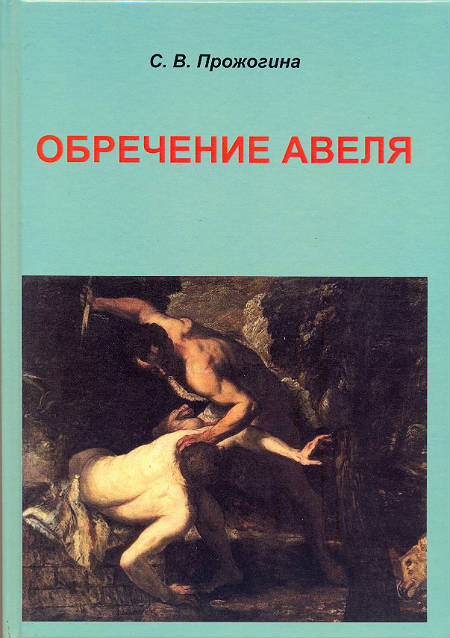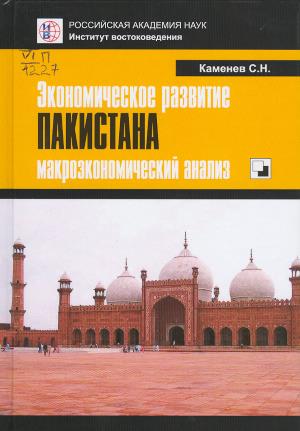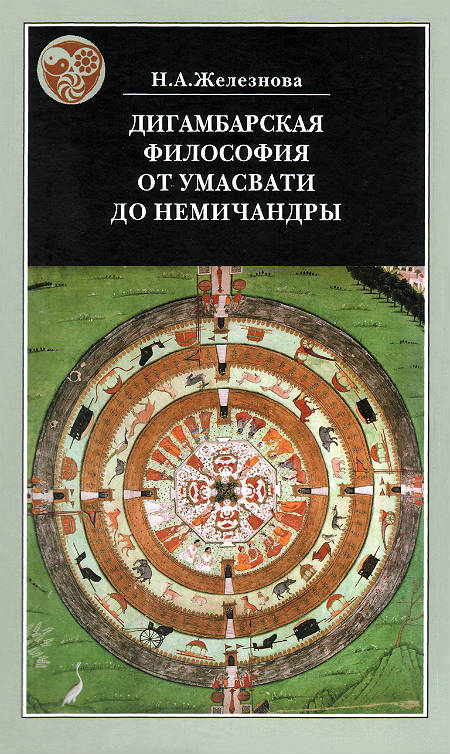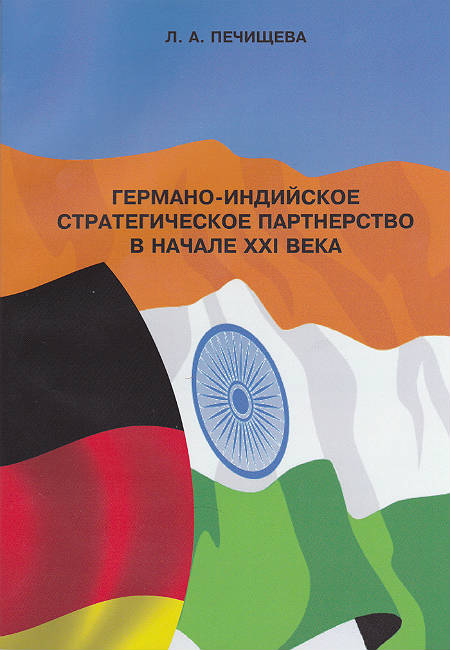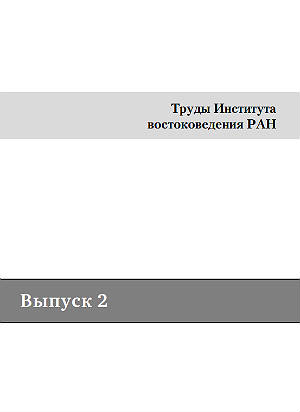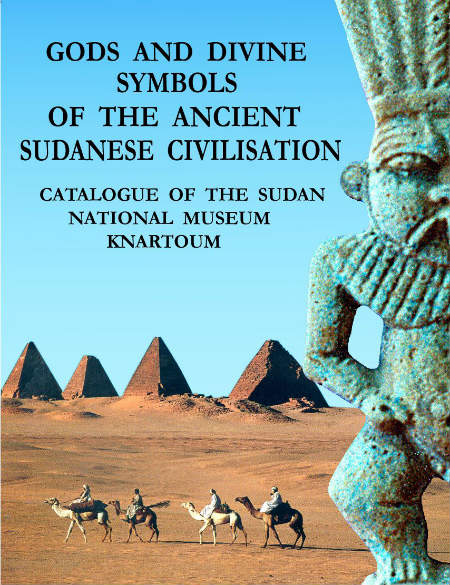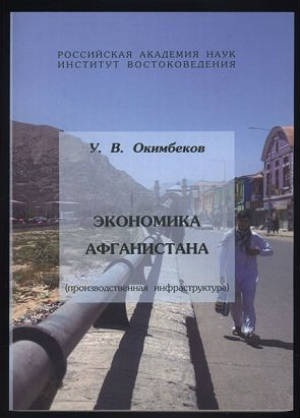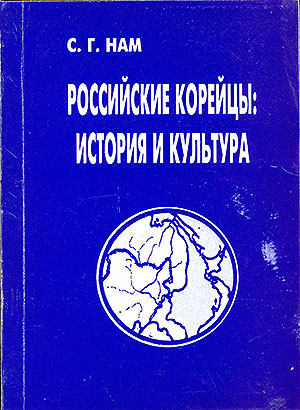Book
Russain Koreans: History and Culture (mid 1860-ies — beginning of 1920-ies)
Еditor: Al`gimantas Prazauskas
Institute of Oriental Studies of the Russian Academy of Sciences
Москва, 1998, 188 p.
The monograph deals with the life of Russian Koreans of time of tsarism, foreign intervention and in the initial period of Sovetisation of the region (1860—1925). It throws light on the role of hard-working Koreans in development of then still uninhabituated remote outlying lands in the Russian Empire. The author analyses the contribution made by the Koreans in development of South-Ussury region, especially their great role in agriculture, in the changing of the whole picture of cultivated vegetable kingdom of the region, in introduction and cultivation of totally new crops, not characteristic of the local environment — mainly rice and mulberry bombyx. It is owing to the efforts and high crop-growing culture of the Koreans that Primo-rye and Amur district of Russia came to be the most Northern ricegrowing regions of the world.
The highly difficult adaptation of Koreans to the new life conditions is also analyzed in the book along with political process within the Korean community and its cultural development. Here special attention is paid to mass adoption by the Koreans of Russian Orthodox Faith and at the causes of the fact. The author points to the interrelations between simultaneous cultural processes in Russian Primorye and in Korea at the period under review.
Over 50 years of the Koreans living on Russian soil coincided with loss of independence by their historical Motherland. Under such trying conditions for more than one hundred thousand of Russian Koreans Russia became their foster-mother, their second Motherland and their protector against ceaseless claims and encroachments made by the Japanese colonizers. The author stresses that this reason somehow compensated for and cushioned a discriminatory policy of tsarism towards the Koreans.
The first three-year long Sovietisation period notwithstanding its shortness shaped rather precisely two approaches to solution of the Korean problem:
1. The Comintern approach worked out under V. I. Lenin's guidance which was adopted by the 4th Congress of Comintern and stated in its special secret resolution on the Korean problem. It stipulated that all problems of the Koreans should be solved jointly with the bodies of the Soviet power, in «the Soviet order" (including the problems of Koreans with no Soviet citizenship and autonomy for the Koreans);
2. The anti-Comintern, Stalinist approach, which in fact came to practical realization of a racialist way of the Korean problem solution, which was characteristic of reactionary policy of the right wing of the tsarist regime — it is moving all the Koreans outside the region of Primorye.
In the period under review Stalin was still making his first steps in this way. The first and unsuccessful attempt to evict the Koreans was made in January of 1923, it was prevented by the Oriental Department of Comintern Executive Committee.
On the other side one should note, that in the first half of 1920-ies thanks to the decisions of the Executive Committee of the Communist International and since the Sovetisation of the region started, Russian Koreans of Primorye vitnessed major changes. Their social and political position became significantly better. For the first time in history they sent their representatives in newly rising soviet power institutions (village, settlement and region counsils) and simultaneously in such an institution as commissioners on the problems of the Koreans, that were specially set up on the initiative of the Eastern Department of the Comintern Executive Committee. The Koreans' participation in these institutions of power made it possible for them to participate directly in resolving of their urgent and vital problems.
The monograph is based on a great number of highly interesting documents, that are included in academic circulation for the first time.


